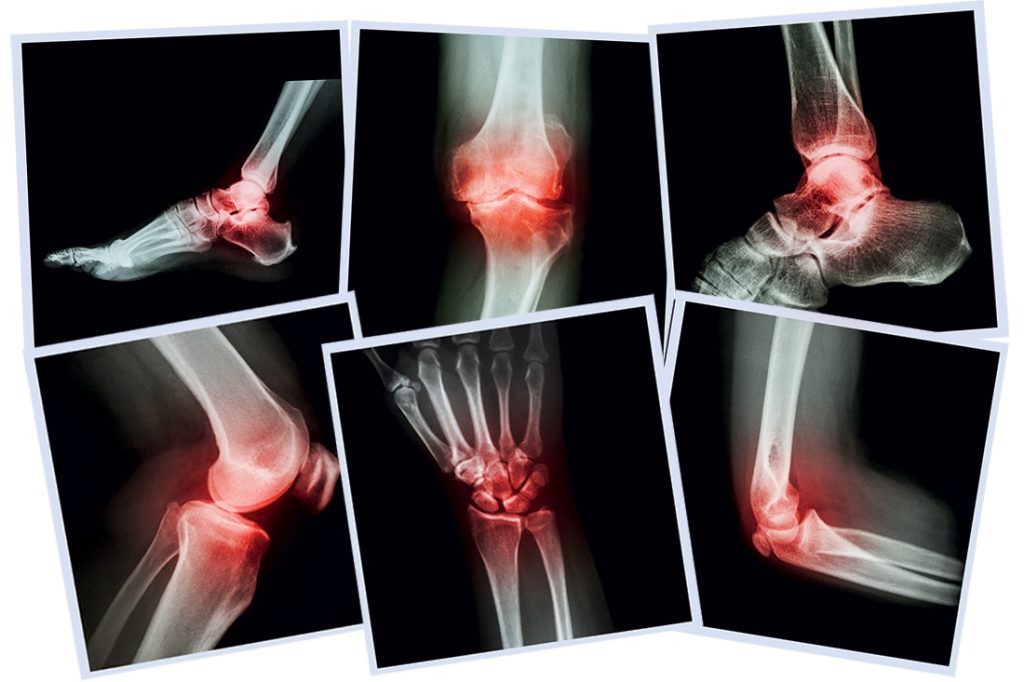
Gout is often thought of as a modern-day disease. However, you may be surprised to know that gout is one of the most frequently recorded medical illnesses throughout history. Also known as gouty arthritis, it is a condition that results when uric acid is deposited as crystals in the joints. This results in joint inflammation, causing intense pain, redness and swelling. The signs and symptoms are similar to arthritis. The big toe is often the first to be affected. Other joints — such as the wrists, fingers, elbows, ankles and knees — could be affected as well.
Gout typically affects middle-aged men who tend to be overweight and may also have high blood pressure, diabetes and high cholesterol — diseases that have been linked to lifestyle factors. If young people are affected, they tend to have a family history. Gout in women may be due to the use of medicines called diuretics that promote urine excretion. Patients with poorly functioning kidneys are more prone to gout.
Gout is a benign and seldom life-threatening condition, but the pain associated with it is usually unbearable and debilitating. If left untreated, the affected joints may become damaged and deformed, leading to a drastic drop in the quality of life. Other than the joints, the urate crystals may also accumulate within the skin and kidneys, leading to the formation of tophi and kidney stones respectively. These complications can greatly affect the daily life and psychosocial health of the patient.
Here are some of the risk factors for gout:

Lifestyle
About 12% of gout cases are linked to dietary causes. A diet rich in meat, seafood, alcohol and fructose-sweetened drinks could increase your risk of developing this painful condition.
Genetics
Gout could be passed on from generation to generation. Several genes have been identified that are linked to an increased risk of hyperuricaemia (high serum uric acid level), which is the pathological basis of gout.
Medical conditions
Gout is often diagnosed together with a couple of other medical conditions, including hypertension, obesity and insulin resistance.
Medications
Certain medications could be linked to the increased frequency of gout attacks.
How to prevent it
- Patients with a history of gout are advised to modify their diet and lifestyle to prevent future attacks.
- Consumption of these food types can increase the serum uric acid level, leading to an episode of gout attack.
- Obesity is a known risk factor for gout, so exercising regularly and losing weight may be a good idea to reduce one’s risk.
- The key to medical treatment of gout is keeping serum uric acid levels low. If you are able to adhere to a low-purine diet, medication may not be required.







